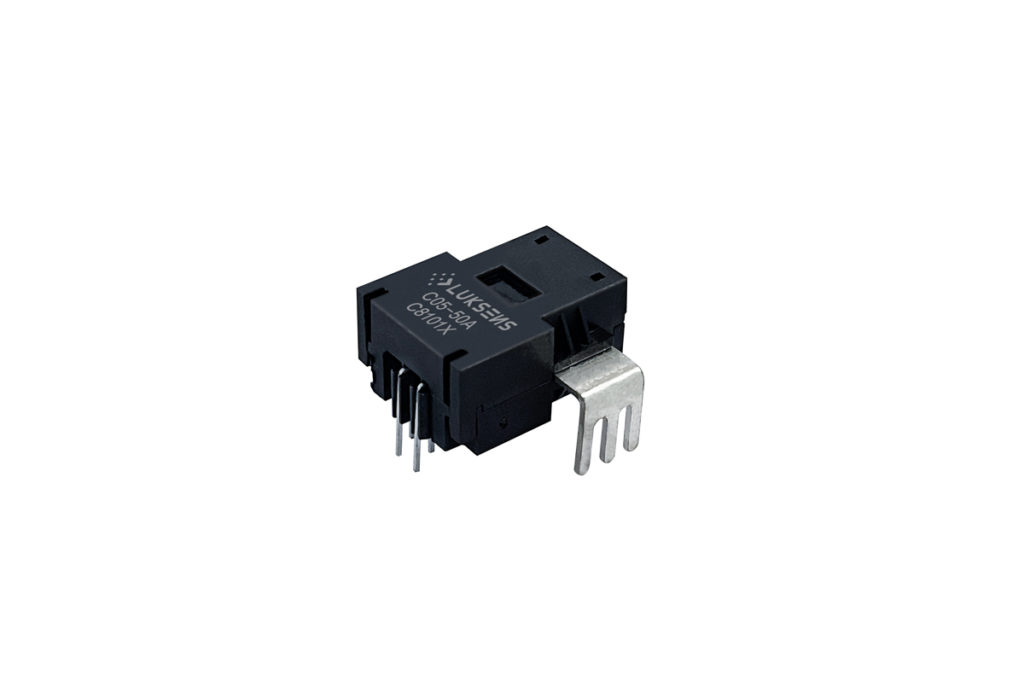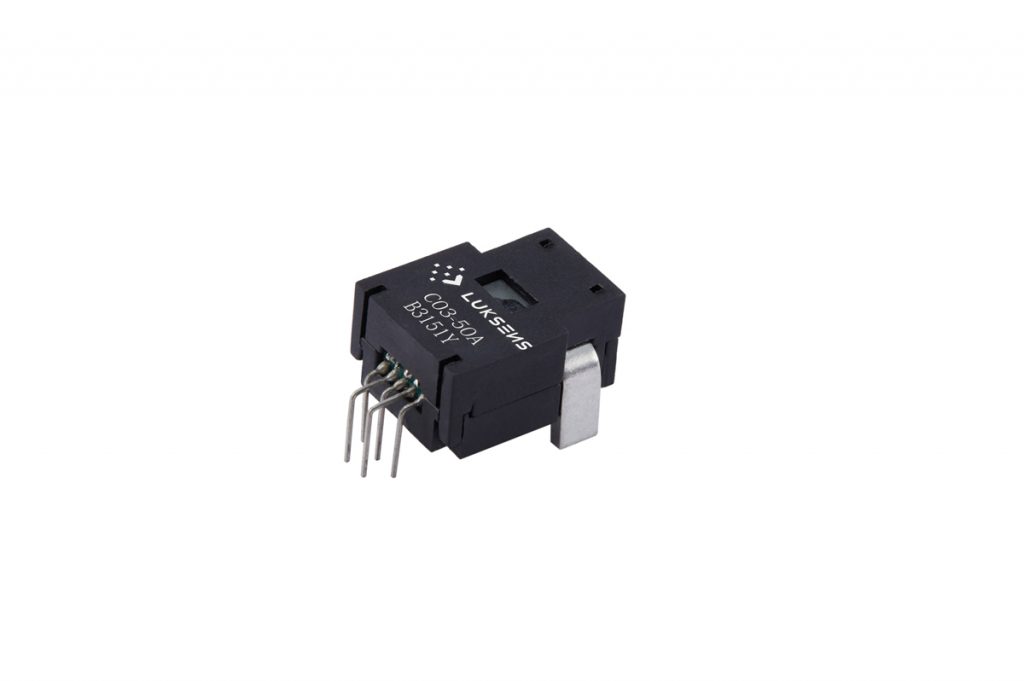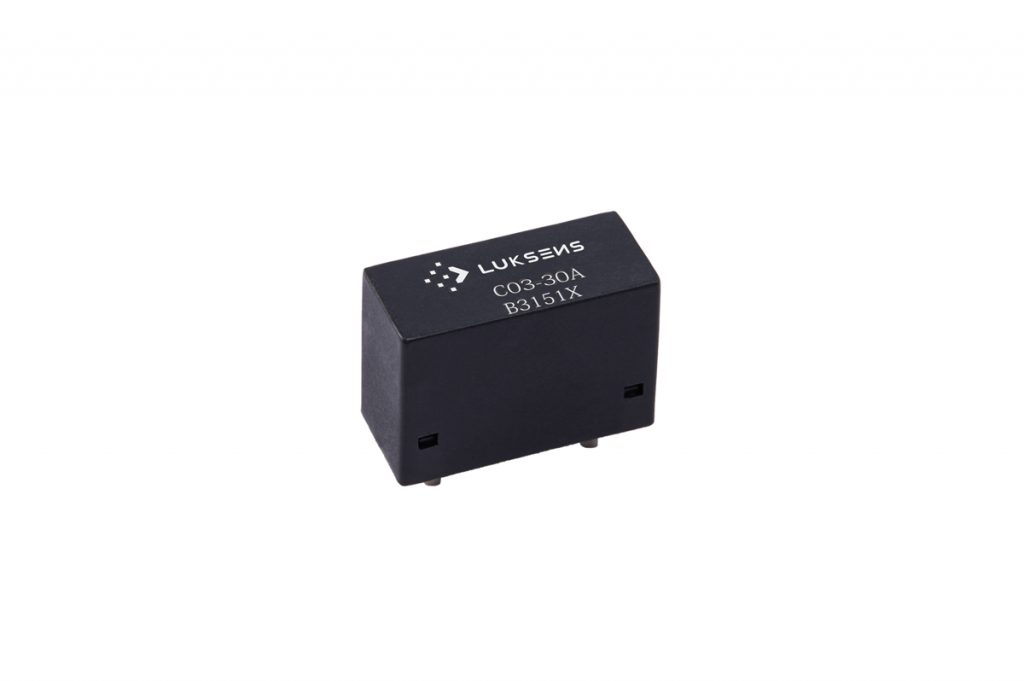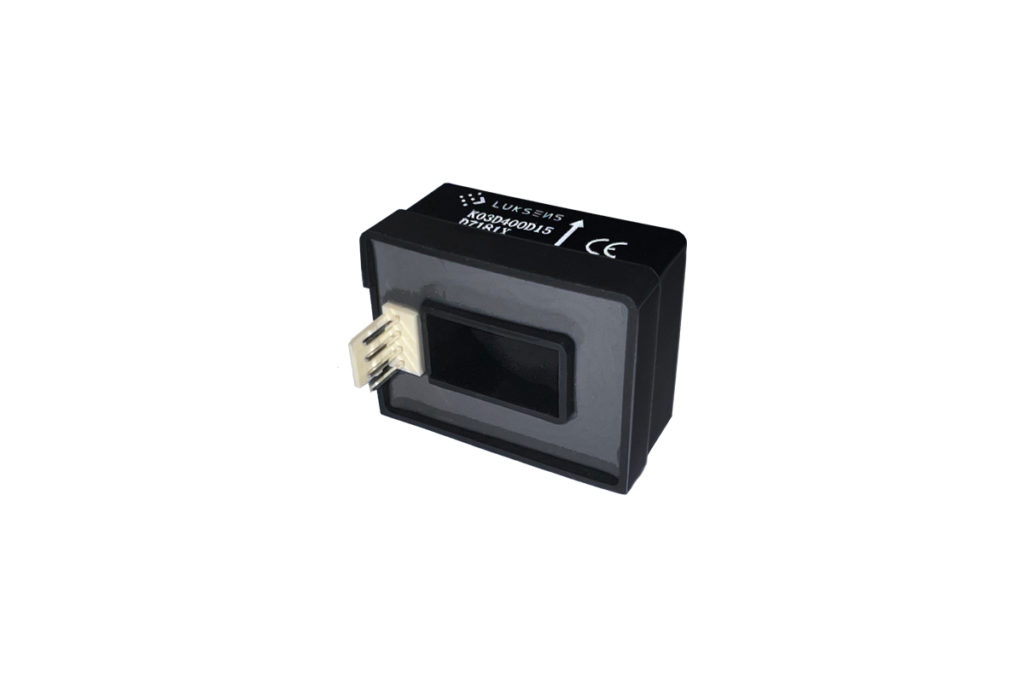Heat Pump
- Home
- DOMESTIC APPLIANCE
- Heat Pump
Pressure Sensing in Heat Pump
Pressure sensing in a heat pump is crucial for monitoring and controlling the refrigerant pressures within the system. Heat pumps are devices that can transfer heat from one location to another, serving both heating and cooling purposes. Here’s how pressure sensing is typically applied in a heat pump:
1.Refrigerant Circuit Monitoring:
2.Optimizing Heat Exchange:
3.Efficiency Improvement:
4.Defrost Cycle Control:
5.Fault Detection and Protection:
6.System Diagnostics:
7.Adaptation to Varied Operating Conditions:
Thus, pressure sensing in a heat pump is fundamental for maintaining efficient and reliable operation. It enables the system to monitor, control, and adapt to various conditions, ultimately contributing to energy efficiency, comfort, and the longevity of the heat pump system.
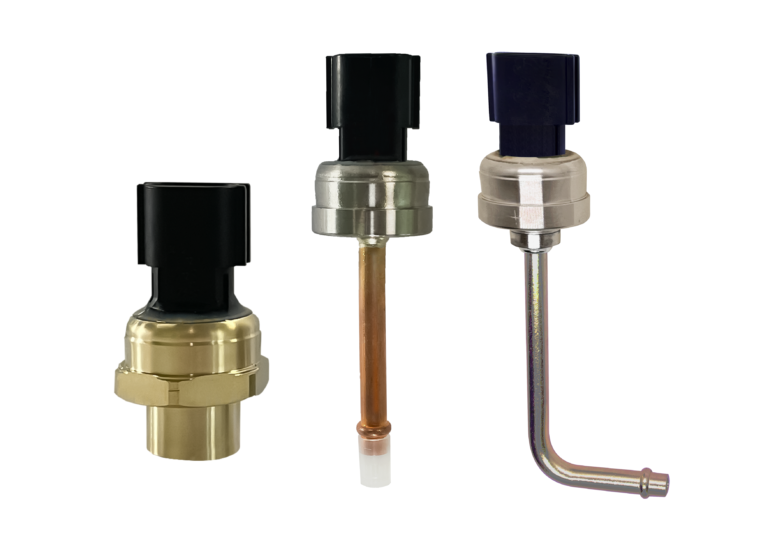
Current Sensing in Heat Pump
Current sensing in heat pump is a crucial aspect of monitoring and controlling the electrical current flowing through various components of the system. This process involves the use of sensors to measure the current, providing valuable information for several purposes:
1.Performance Monitoring:
2.Fault Detection:
3.Energy Efficiency:
4.Overload Protection:
5.Control and Regulation:
6.Optimization and Feedback:
Different sensing technologies can be employed for current sensing in heat pump systems. Common methods include the use of current transformers, Hall effect sensors, or shunt resistors. The selected technology depends on factors such as the specific requirements of the application, accuracy needs, and the type of control and monitoring system in place.
Advantages of Hall Effect Sensors
Hall effect sensors offer several advantages in the context of current sensing for heat pumps:
1.Compact Size:
2.Contactless Operation:
3.Wide Frequency Response:
4.High Sensitivity:
5.Isolation and Safety:
6.Digital Output:
7.Low Power Consumption:
8.Temperature Stability:
9.Versatility:
10.Ease of Integration:
These characteristics contribute to their effectiveness in accurately monitoring and controlling the electrical currents in heat pump systems.


